We’re heading to the deep blue sea for this month’s Mystery Creature. Not the prettiest looking animal, and it certainly has some very unusual features; it’s a bit of a living fossil, do you know what it is? Read more
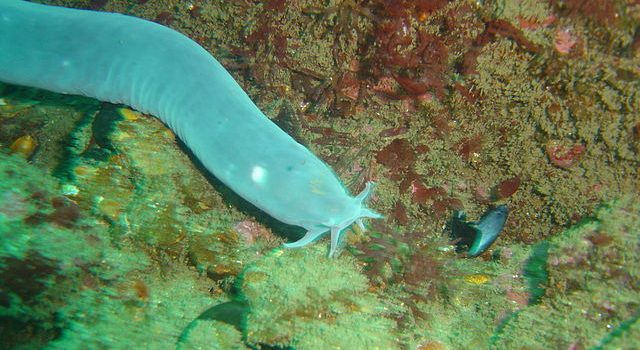
Science, Curiosity and Life

We’re heading to the deep blue sea for this month’s Mystery Creature. Not the prettiest looking animal, and it certainly has some very unusual features; it’s a bit of a living fossil, do you know what it is? Read more
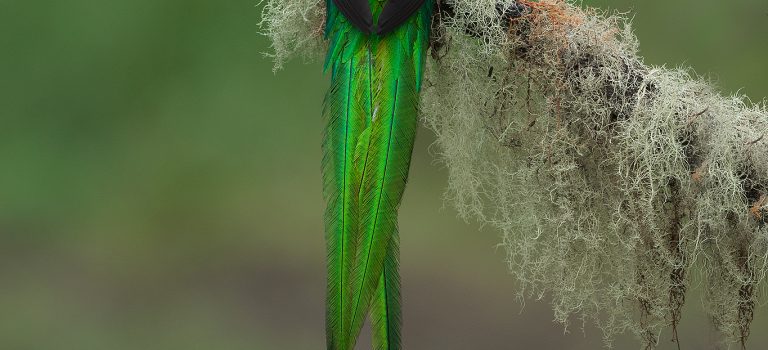
How did you do with last month’s Mystery Creature? I know I am a bit (very) late posting this reveal, I’ve been busy in the background, despite the quiet status of the blog of late. Read more
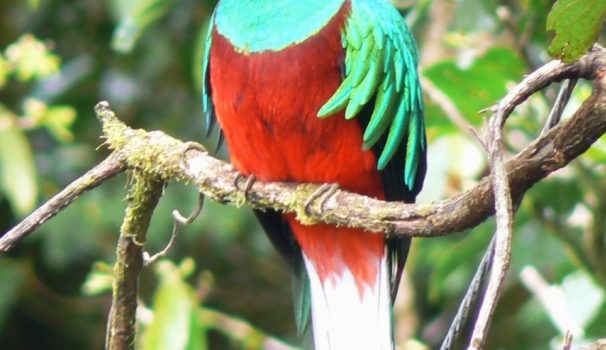
Check out this beautiful bird as this month’s mystery creature; Do you know what it is? Read more
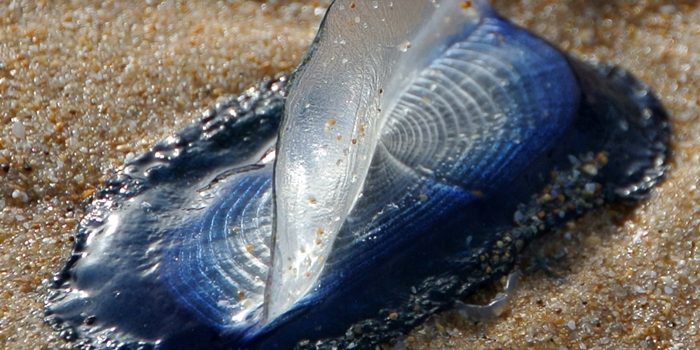
How did you do with April’s mystery creature? It was a bit deceptive because it looked like a jellyfish but it is not actually one… it is the Velella velella and here are five facts all about it! Read more
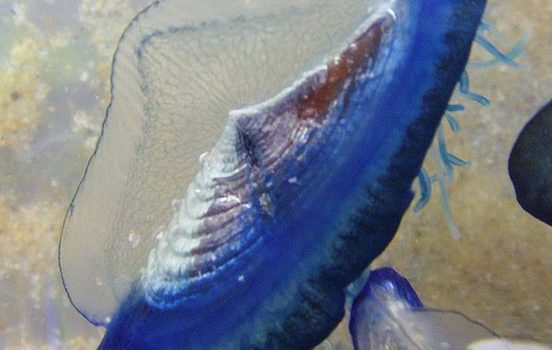
Hard to believe that it is time for another Mystery Creature, the months are flying by. This one looks like some kind of mini alien.
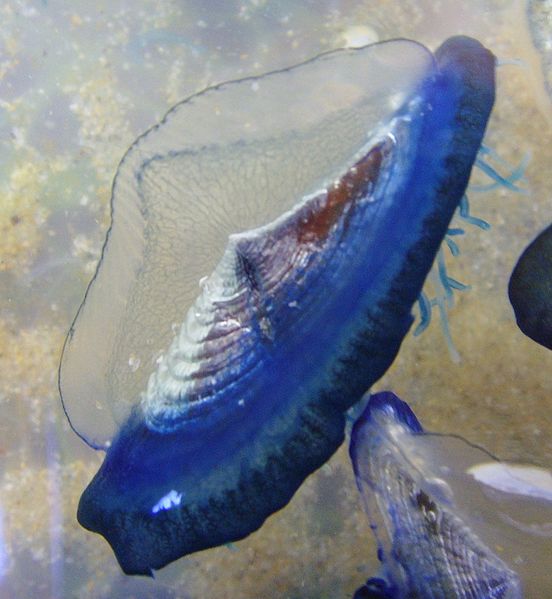
Image credit: Jymm; Image source: Wiki commons
In keeping with the alien theme, they have been known to host their own invasions – baffling people as they suddenly turn up, en-masse, on seashores.
They are not much bigger than the top of your finger, but does that make them harmless?
Friend or Foe, what do you think? Do you know what it is?
As always, feel free to leave comments; make predictions, maybe get your whole family or classroom in on the act. I will happily reply to any comments and I will post a full reveal about this creature at the end of the month.
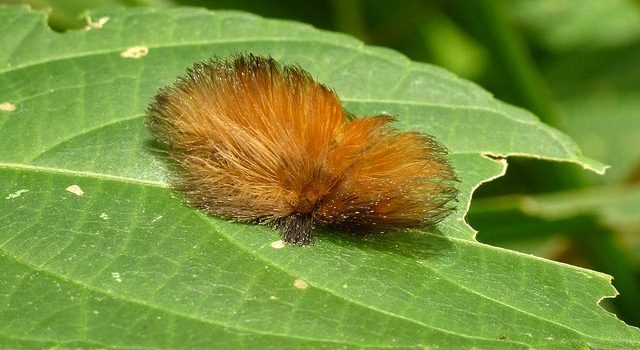
It is hard to believe that March is over already and that it is time to reveal this month’s mystery creature already. Here is a little reminder…
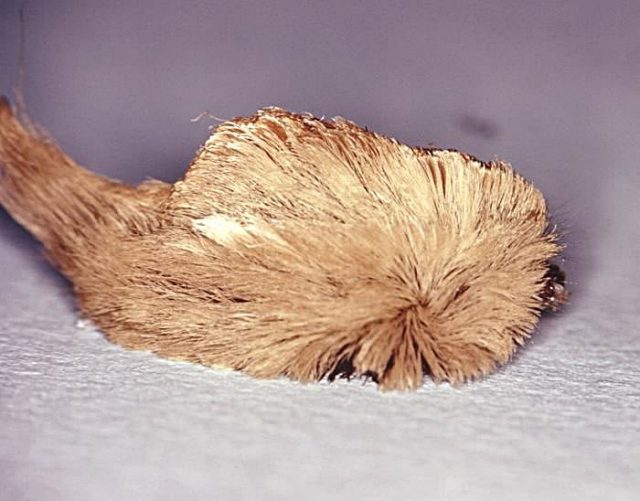
Did you guess it? It is the…
Flannel Moth Caterpillar (Megalopyge opercularis), often referred to as the Trumpapillar, for, ahem, some very obvious reasons 😉
Here is another image, in case you need more convincing on the Donald Trump connection.

Photo credit: Andreas Kay
They are found in a range of colours, mainly yellows, greys and browns.
These cute and fluffy looking caterpillars are a lot more harmful that they appear. Those silky looking hairs that cover the body contain tiny spines capable of injecting toxins into any victim that come into the slightest contact with them. They say it is an experience you will not forget in a hurry. The immediate symptom is searing pain at the area of injection, where a number of dark red spots usually appear. Most victims don’t get away with just that though; other symptoms include headache, nausea or vomiting, abdominal cramps, chest pains and, for some, serious respiratory distress or shock like symptoms. Although medical attention is needed in such cases there is no antidote to the toxin, the symptoms usually abate with time; the pain usually lasts for at least 12 hours.
These caterpillars are so good at being bad that other try to mimic them, for their own safety, take a look at the video below for more on this amazing caterpillar and those that try to look just like it.
Luckily, the venomous phase of this creatures life cycle is limited to its caterpillar state. The adults pose no threat at all and look like this…

Image credit: Patrick Coin
The inch long caterpillar is fond of feeding on many garden plants and common trees such as oak and elm. It can be found in many regions of the United States (primarily eastern and southern states), Mexico and parts of Central America. There are often two breeding species per year, making early Spring and early Autumn the most likely times to get stung.
Have you ever come across a venomous creature? Or maybe one that reminds you of someone you know? If so, please let us and share your story in the comments below.
Remember to check back for another mystery creature next week!
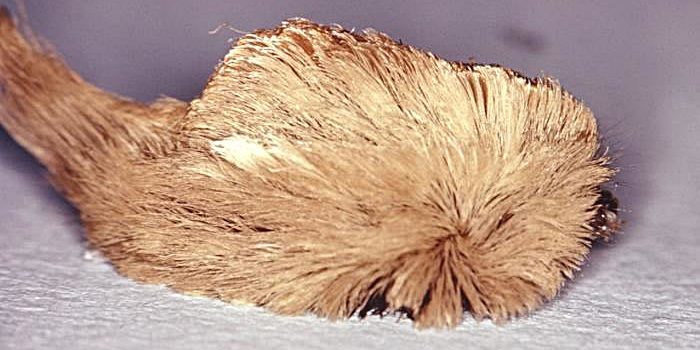
This month’s Mystery Creature is a pretty hairy fellow. Can you name him?

Image source: (Jeff Delonge) Wikimedia Commons.
As always, if you are not sure, feel free to ask questions! I’ll post the big reveal at the end of the month.
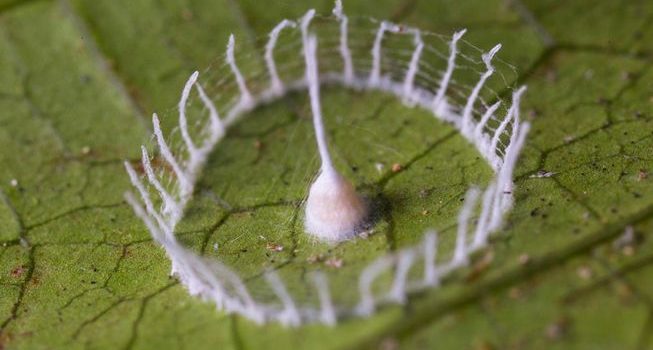
How did you do with this week’s mystery creature (or more accurately… mystery structure). A few of you got it spot on, well done.
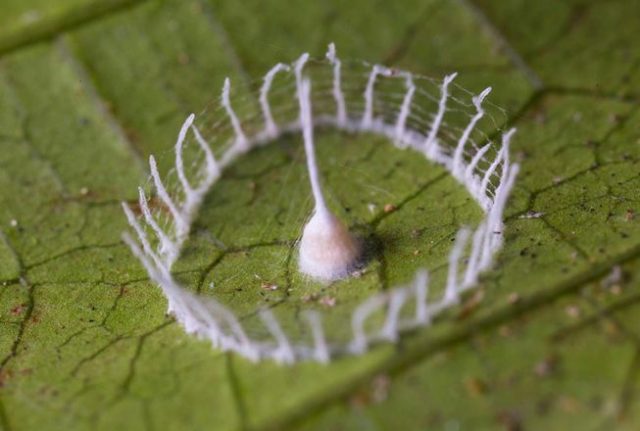
Image credit:Phil Torres (with permission)
This stunning piece of architecture was built by…
The Silkhenge spider!
This tiny structure is made up of two parts, a central spire on the inside and an outer (round) fence like structure, a little more than 0.5 cm in diameter. The entire structure is made of silk and there are threads attaching both the inner column and the outer ring.
This structure is amazing for so many reasons;
Firstly, it was only discovered as recently as 2013, by Troy Alexander, in the Tambopota Research Centre in the South Eastern Peruvian Amazon. Originally there was much speculation as to whether a spider was actually the creator at all. Some suggested it was the work of a caterpillar, others thought it was a fungal structure of some sort.
Secondly, no spider has ever actually been seen creating these structures! Researchers did finally observe small spiderlings that had hatched from the central structure. Usually there is just one solo spiderling , occasionally there are two. This is extremely rare for spiders, as you are much more likely to find tens, or even hundreds of eggs within the one egg sac. It is possible that the female spider that makes these structures, makes many, maybe there are better chances if survival of the eggs are dispersed over a wider area. A literal case of not putting all your eggs in one basket?
Check out this fantastic video by Phil Torres and Aaron Pomerantz as they capture the moment two spiderlings hatch (it really captures an exciting moment in the discovery process)…
Video Credit:Phil Torres
Thirdly, scientists are still unsure what purpose the structures serve. Do they have a protective role: a fence to keep out predators? Or do they act like a typical web, trapping insects and filling the nursery larder with a food supply for the hungry hatchling?
Finally, the most bizarre part of this story is that the adult spider, the skilled architect behind these constructions, is still unknown. As mentioned in the video above, DNA barcoding has not yielded any positive results. No doubt the answer will come soon, but in the meantime, it is still a case of speculation and wonder, often a very fun part of scientific research 🙂
I’ll be posting March’s mystery creature next Monday so remember to stop by!

This month’s Mystery Creature is a little different; The picture below shows what the creature can build, can you tell what the creature is?

Image credit: Phil Torres
I’ll admit that this one is particularly tough so here is a clue: there is a hint in the structure, it resembles a pre-historic monument that features in the creature’s name!
Have fun researching this one and remember to check back soon when I’ll post the answer with some pretty amazing facts about this creature.
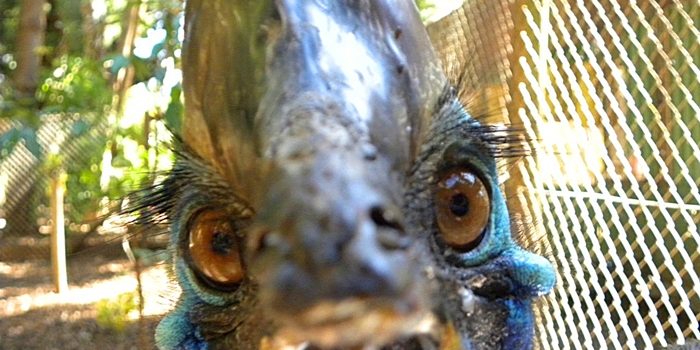
How did you do with January’s Mystery Creature? It was a Cassowary, a Southern Cassowary to be exact. Did you guess it? I know that seven year-old Daniel from Singapore did, well done Daniel!
Here are ten interesting facts about the Cassowary:
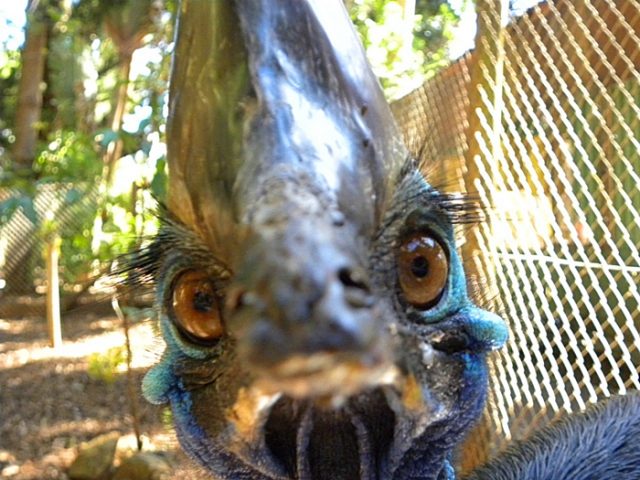
Image Credit: Magdalene-b
There are three species currently recognised, the Southern Cassowary, the Northern Cassowary and the dwarf Cassowary. They are all considered endangered species. The Southern Cassowary is the largest, growing up to 1.6 M in height, making them the third largest bird on Earth (behind the Ostrich and the Emu).
The Southern Cassowaries are the only ones found in Australia.
They may also be found in shrub lands, grasslands and swaps on the outskirts of dense forests. They are easily spooked and tend to run away if approached.
Although shy by nature, if cornered, these birds can attack with serious consequences. They have a very powerful kick and a large, spiked nail on their middle toe can cut a deep gash in a victim.
Cassowaries can run at speeds of up to 50 km/hr.
They prefer a dies of fruit and seeds but will also eat small vertebrates and invertebrates. They are very important seed distributors within the rain forest.
Unlike with many other bird species, the female is also equally as colourful.
Once the female lays her eggs she disappears, leaving the male to sit on the eggs and rear the young. The egg incubation period lasts for about 50 days and the male can loose a third of his body weight during this time. Juvenile cassowaries have a dull brown plumage.
In captivity they will often live up to 50 years.
This is a hollow horn like crest and the purpose of this appendage is unknown. There are many theories though as to its role or function; something it is serves a protective function; cassowaries tend to run through the forests at great speed with their head down, perhaps the casque acts as a type of helmet if they accidentally hit a tree. Or they may protect from large falling seeds as the cassowaries often hang out under trees waiting to eat falling fruit. The casque may serve as a sexual ornament, to attract a mate. It make be a handy tool for digging for seeds or other foods. Perhaps the most likely role for this unusual appendage is a resonating device, helping in some way to amplify the low frequency sounds made by the birds.
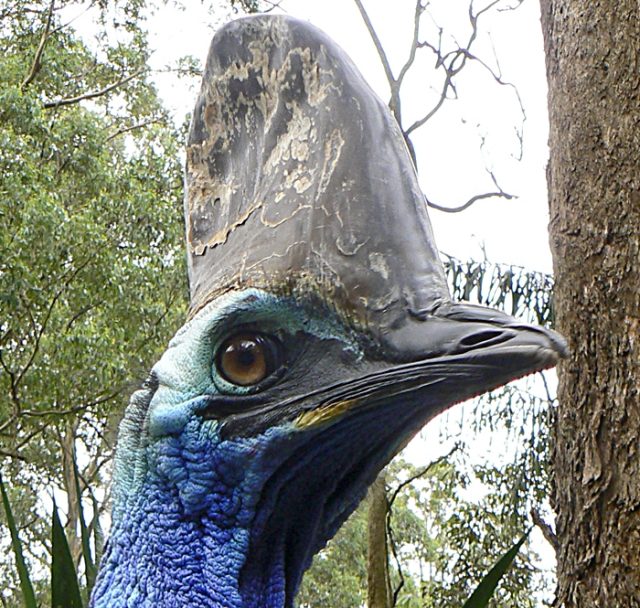
Southern Cassowary - Image Credit: Ronnie23
I think these amazing creatures serve as a great visual reminder to the fact that birds are living decedents of dinosaurs.
Check back next Monday for a new Mystery Creature!